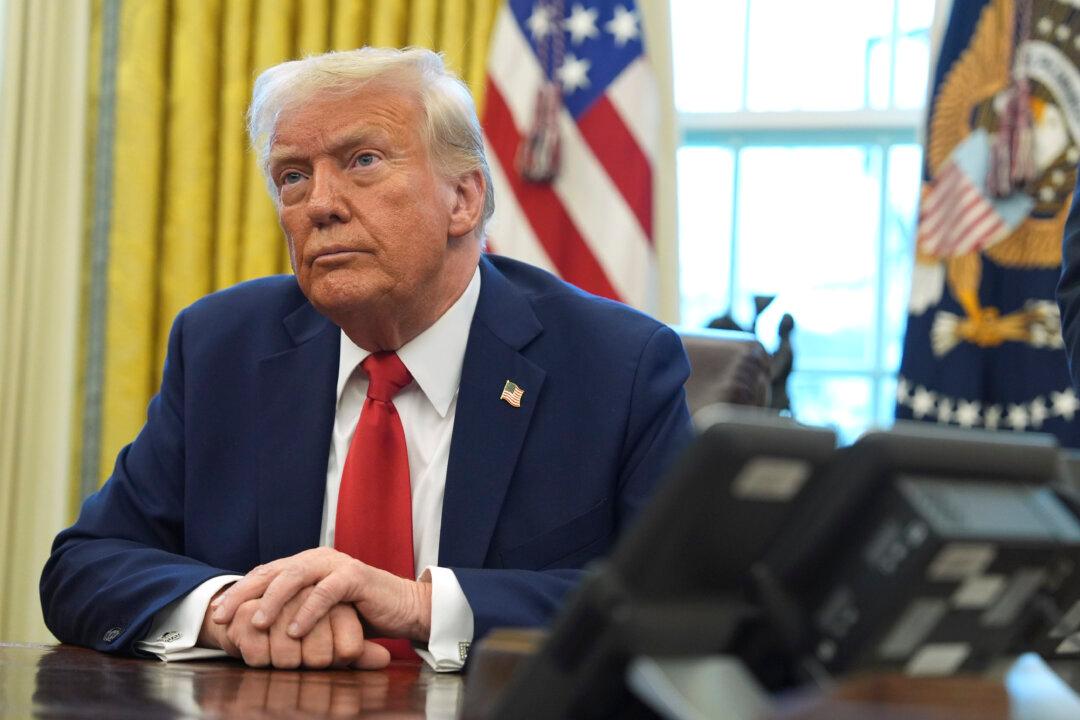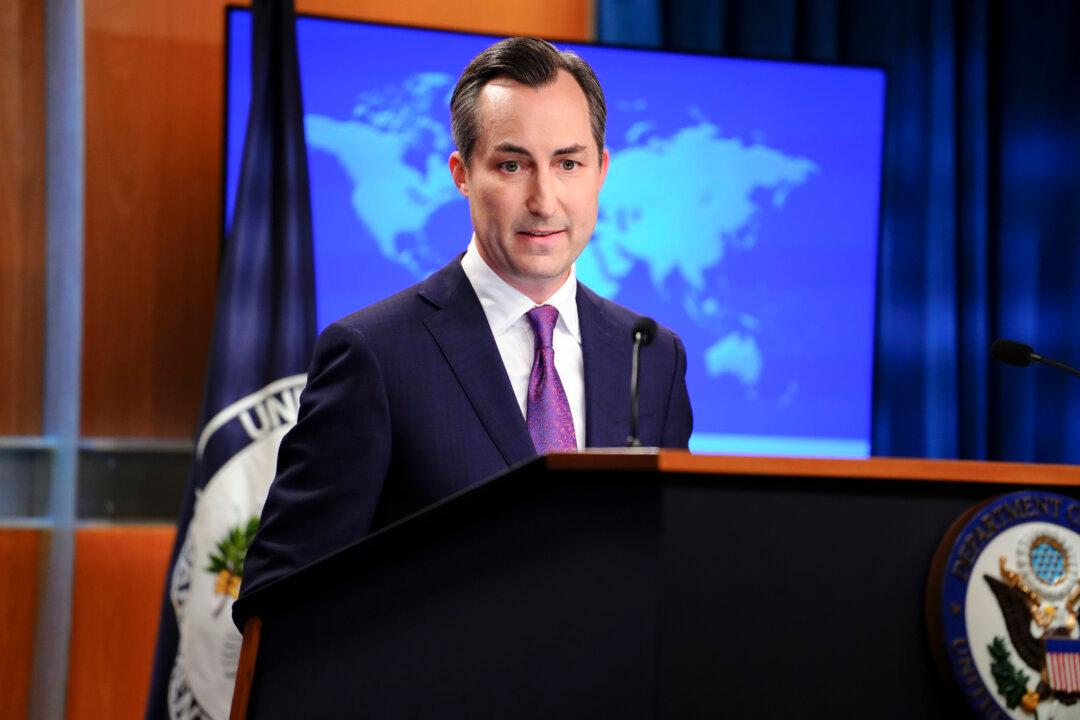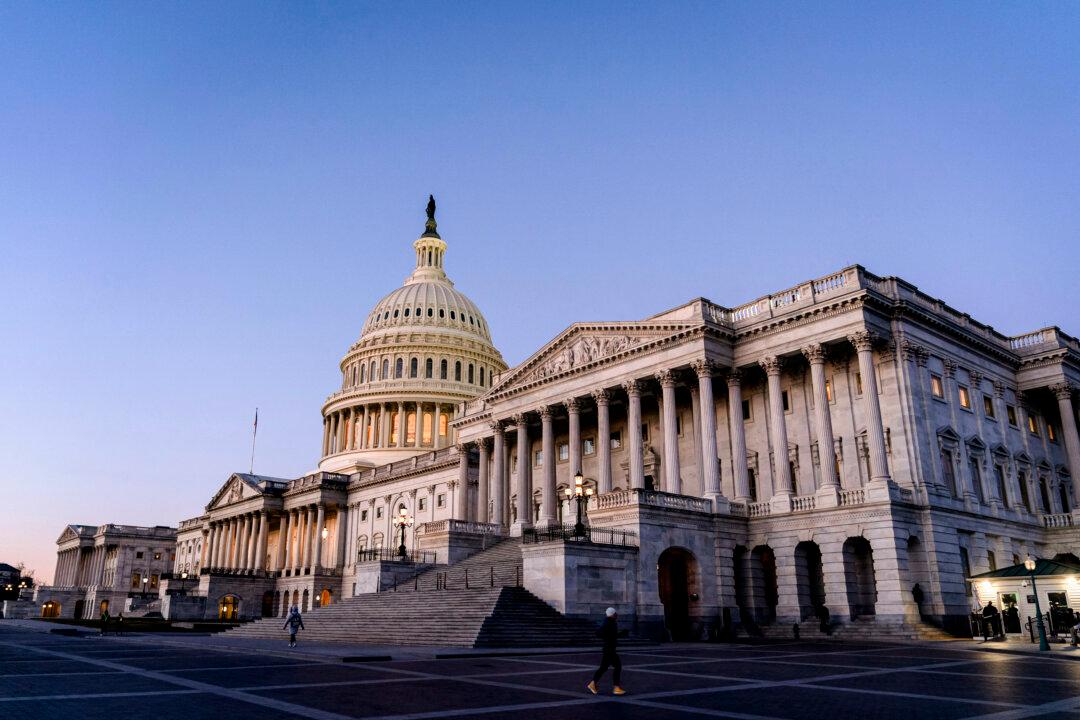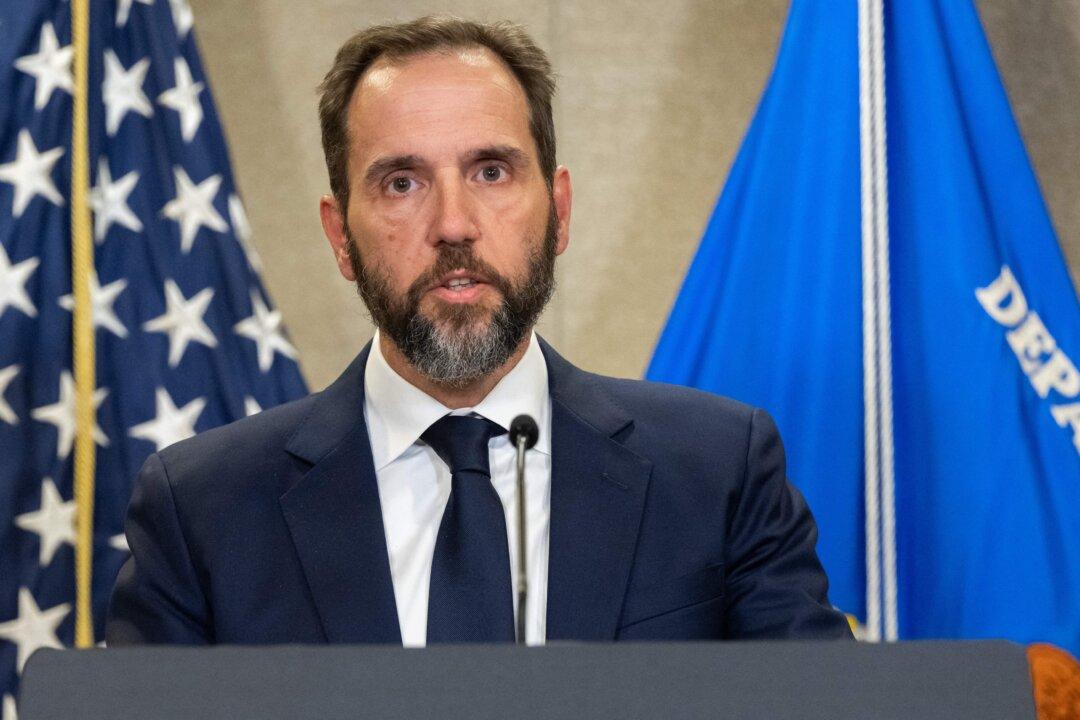The Tibetan plateau, which serves as the source for 10 major rivers in Asia, provides water to hundreds of millions across the continent. But the Chinese regime has weaponized these waters to fuel its own industrialization, starving downstream Asian countries of this precious resource, China analyst and Tibetan activist Maura Moynihan says.
She sounded the warning as water management has gained importance in China, which has experienced its worst flooding in decades. Over the past few months, tens of millions of people were displaced across central and southwestern China, and billions of dollars have been wiped from China’s economy.






